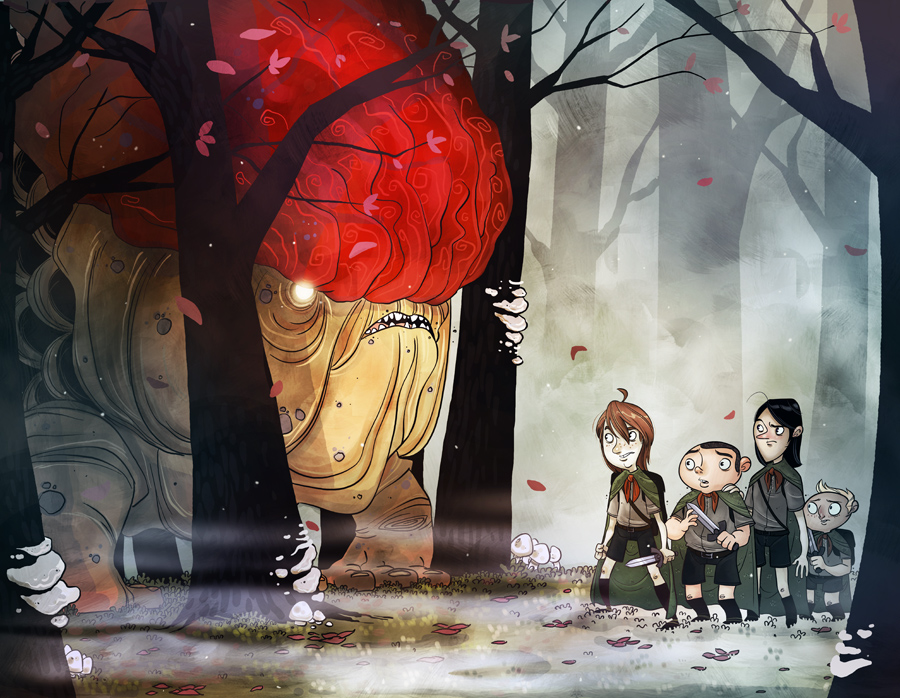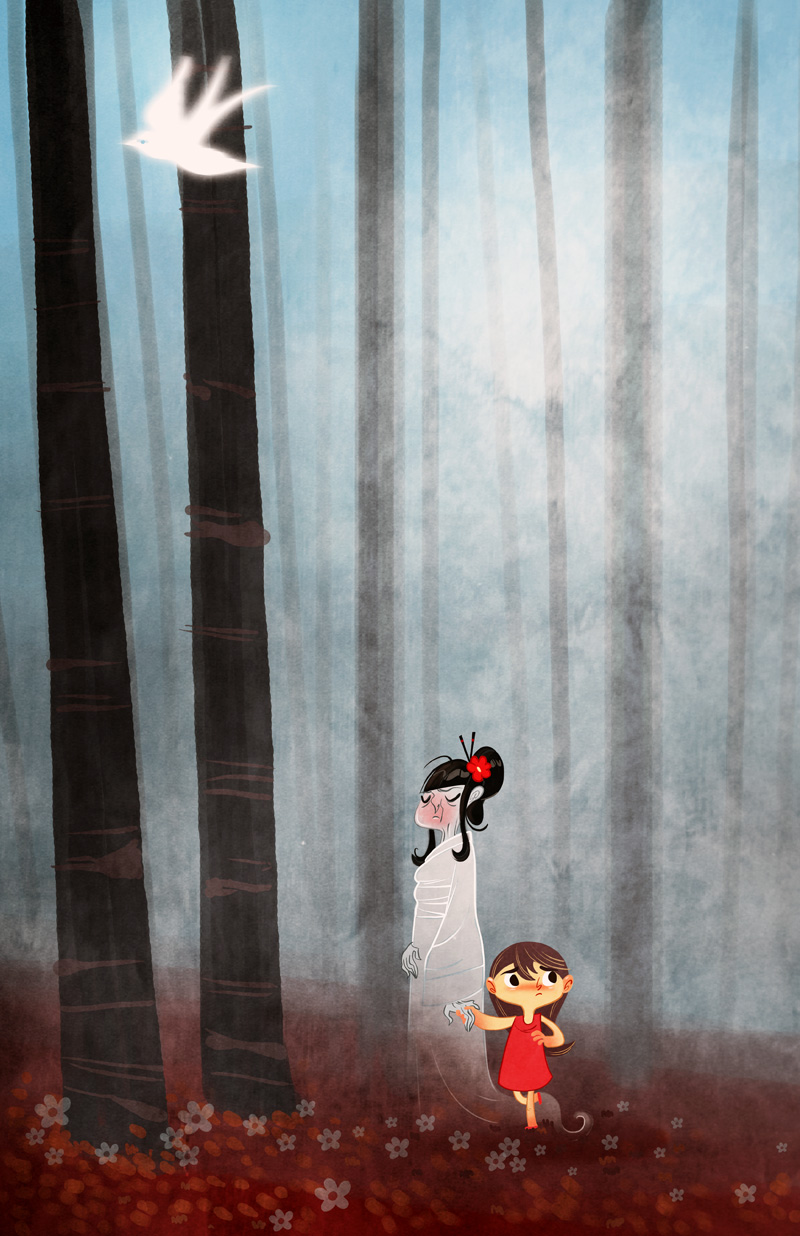As the Steve Miller Band was kind enough to teach us, time keeps on slipping into the future. In the past, I have meditated on the concept of time, its existence as a unit of measure, and how it has become an omnipresent entity while doing my best to stretch and compress this dimension to fit my personal needs. From where I currently sit, I can count eight different clocks within my line of sight, each set at a different time due to careful ignorance or the toil beset upon them by their immortal ward.
Recently, there has been a cartoon circulating that displays a Mayan showing off his calendar wheel, expressing concern to his fellow Mayan that it ends in 2012, to which the craftsman replies "that's really going to freak somebody out some day." Though I understand the humor in the second Mayan's statement, I am more intrigued by the calendar craftsman himself, and the calendar he displays. Yes, it expires in 2012, but it is still useful for thousands of years. Though our tools and measures and calendars may expire, time always marches on. So why measure at all? Why not just live in an endless cycle of sleeping when tired and waking when not, regardless of the sun's position in the sky? It's not a new notion that setting our schedule by the setting of the sun is rather antiquated, especially with the growth of 24 hour conveniences. Da Vinci is said to have slept in 20 minutes spurts every four hours, a technique that added hours to his work day, yet would be heavily frowned upon in the modern workplace. Or maybe this isn't a matter of keeping to cycle, but rather keeping sane?
Einstein defined insanity as doing the same thing over and over again and expecting different results. By keeping a cycle, and noting specific beginnings and ends, one has set aside points at which to assess their actions and determine whether changes need be made, even if the changes only fortify the plans one had previously been pursuing. Hence, resolutions.
Woody Guthrie wrote a list of resolutions that are familiar without being common or restrictive. For me, I like to keep my list short and sweet, as it is easier to remember and accomplish:
slow down, plan ahead, proceed with confidence.
Though it may seem small, it actually cuts a wide swath in the actions of my life. If you want something more detail oriented, I present you with the following list:
1) Read/Write/Draw more -
Over the past couple years, I have grown complacent when reading, and have developed a form of speed-reading that encourages quick sprints across the body of a text in favor of the deep diving necessary to keep information. It is not a bad thing, as it has developed a sense of thin-slicing, but it has limited the amount of information I gather from any source and has made it more difficult to make it through long pieces of narrative. This growing tendency toward thin-slicing has also had similar effects on my writing and art. Slowing down will grant me the time necessary to re-engage literature, art and life, and hopefully reduce the number of unread books on my bookshelf drastically while simultaneously increasing productivity and communicativeness.
2) Reduce overhead -
Like many, I have fallen into routines that waste time, money, and resources in general. By planning ahead, it is my hope to cut out many of these habits so as to live a simpler, more care-free life over the course of the next year.
3) Eliminate "I am horrible/fantastic" -
Recently, I came across a piece of advice that boils down to "I am horrible/fantastic: Don't think either." I have a habit of leaning towards the horrible spectrum in most of what I do, despite occasional evidence to the contrary. Whether it is in art, writing, or life in general, the idea of proceeding with confidence falls within the golden mean, or walking a path between vice and virtue, to allow for maximum happiness.
So there it is. My resolutions for 2012. What are yours?
| However beautiful the strategy, you should occasionally look at the results. - Winston Churchill |
The good news: I met all the goals I made for myself in the first five years.
The bad news: I just barely made my mark.*
Considering the bad news isn't so bad, I see no necessarily reason to redress the first five years any further aside from using the lessons learned to head into the next five years with even greater confidence and courage.
With that, I wish you all a fantastic new year, and the best of all that can come from it!
*As I wrote this, I realized though the pun was not intended, it was still quite apt.












